“I won’t be able to handle it…it’s too risky… better to be safe than sorry.” I had just washed my hands at my sister’s house and was staring at the towel hanging between the sink and the shower. It looked like it might be wet, so I knew someone else had used that towel. “What if it was used to dry their whole body and not just their hands? What if I used the same part that touched their butt and then what if I touched my face and got butt particles on my face?” I would feel contaminated and uncomfortable the rest of the night and unable to focus on spending time with my family. I moved away from the hand towel and grabbed some toilet paper to dry my hands instead. Just in case. Cue the flood of relief because I was “safe” from the discomfort (and the butt particles). But what if I was actually safe all along?
The above scenario was about me in my teens. It also represents common thoughts that many people who have anxiety or OCD are all too familiar with and how they can lead to avoidance. Whether someone is afraid of public speaking, insects, trying new foods, contamination, or tolerating uncertainty, the fears are all perpetuated by the anxiety/avoidance cycle.
So what is the anxiety/avoidance cycle? Anxiety is the thoughts, feelings, and behaviors (or behavior urges) experienced in response to a perceived threat. When our brain perceives a threat, it activates our sympathetic nervous system which means our heart might beat faster, we may breathe faster, our muscles may tense up, and we may start to sweat. Our body is getting ready to fight, freeze, or flee from the threat in order to keep us safe. Avoidance is anything we do to get away from the perceived threats, and it brings us relief. This may sound like a good thing; however the relief is short-term, and the avoidance actually increases the anxiety over time. The more anxious we get, the more we avoid, and the more we avoid, the more anxious we get. By avoiding the anxiety trigger, we are teaching our brain that avoidance is the only way we can feel relief and be okay. That is great if the trigger is a wild angry hippo on a rampage. But what if the trigger is a math test? Or a thought about a wet towel at our sister’s house? Most folks would agree that you do not need to respond the same way to a wet towel and a rampaging hippo. But our body does respond the same way, signaling to our brain that it is dangerous and must be avoided. We call this a “false alarm.”
People with anxiety or OCD typically respond to false alarms with avoidance. When they feel sweaty, their heart races, and they feel tense, they go to the nurse instead of taking the test, or they use toilet paper to dry their hands instead of risking uncertainty about contamination. They feel better, but they have missed a learning opportunity for the brain. They missed the chance to experience being able to handle the math test or to learn that the uncertainty is uncomfortable but not dangerous. In the long run, their world becomes smaller as their anxiety becomes larger, and they end up believing that they are not capable of many things because those things are “dangerous” or “too hard.” They miss out on things- the school trip to the capital because they would be away from their parents, the Hibachi dinner with friends because they are not sure if they will like Japanese food, or trying out for a sports team or a play because they may not make the cut.
At InStride Health we work with children, teens, young adults, and their caregivers to break the anxiety/avoidance cycle. We help them learn flexible responses to their anxious thoughts and feelings through exposure and response prevention, and acceptance. We create fear hierarchies and work our way through them, one step at a time. We help kids learn to tolerate their anxiety and discomfort and to break the rules and disprove the predictions the anxiety or OCD has set. And then kids practice- they practice at different times, with different people, in different locations, facing multiple triggers at once. Kids and families learn how to approach rather than avoid, and in line with Inhibitory Learning Theory (Stewart & Craske, 2020), this creates new, more adaptive associations with their anxiety triggers to compete with the fear memories. Kids learn they don’t need to avoid the things that used to seem too scary, too difficult, too risky or dangerous because the feared outcome either does not happen or, if it does, they can manage it. They try out for the spring musical, even though there is no guarantee they will get a part (I didn’t and I survived!). They go to Hibachi, and even though it isn’t their favorite food, they have a great time with friends. They start with a sleepover at a friend’s house, and work their way up to the class trip and then off to college. Slowly their world grows larger.
Slowly, I learned to touch the towel and to sit with the discomfort. I learned that I could enjoy time with my family even if I didn’t know where that towel had been. And slowly my world grew larger too.
Sewart, A. R., & Craske, M. G. (2020). Inhibitory learning. In J. S. Abramowitz & S. M. Blakey (Eds.), Clinical handbook of fear and anxiety: Maintenance processes and treatment mechanisms (pp. 265–285). American Psychological Association. https://doi.org/10.1037/0000150-015


